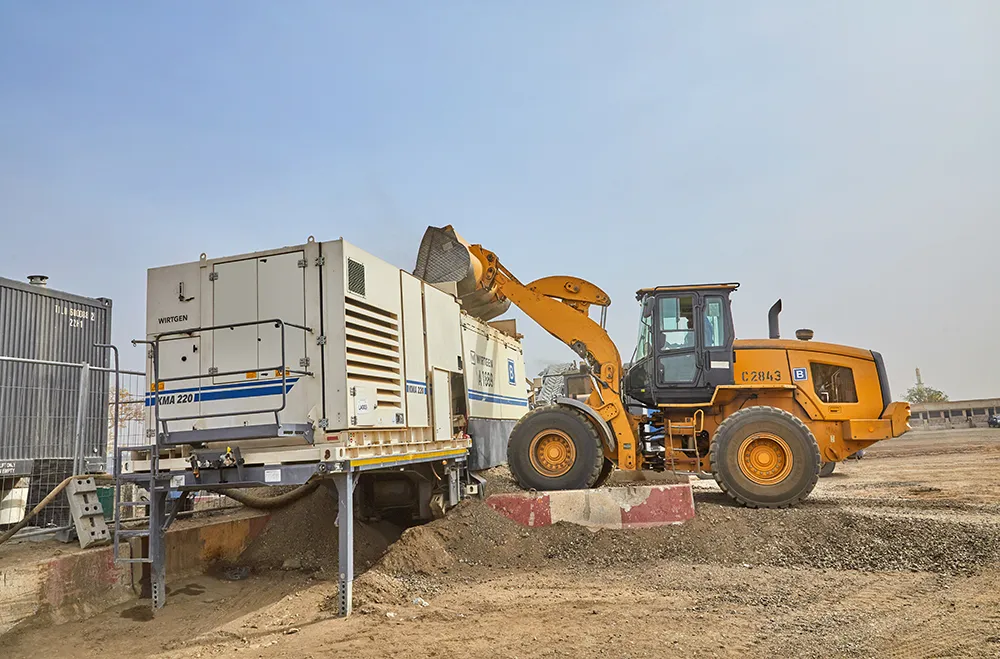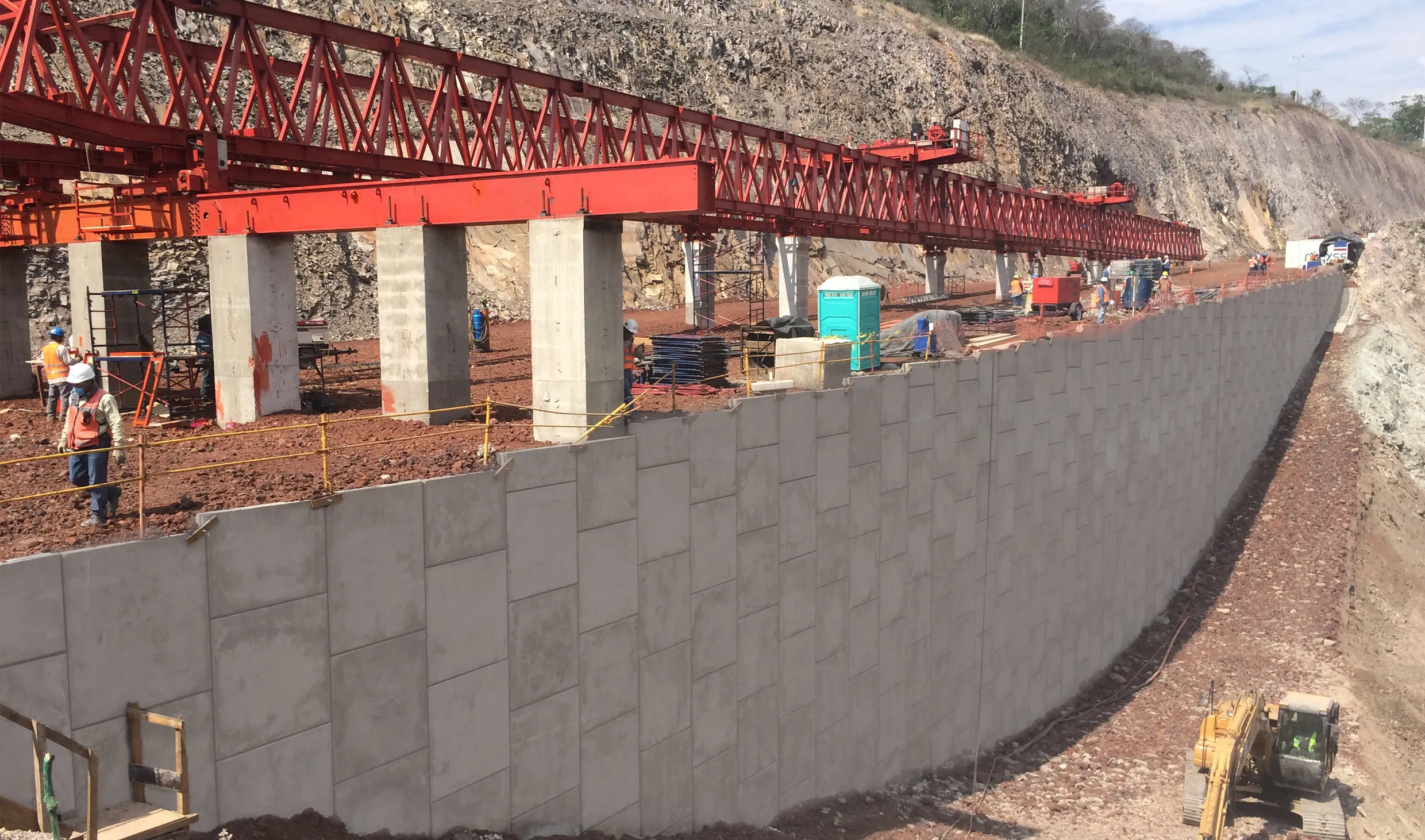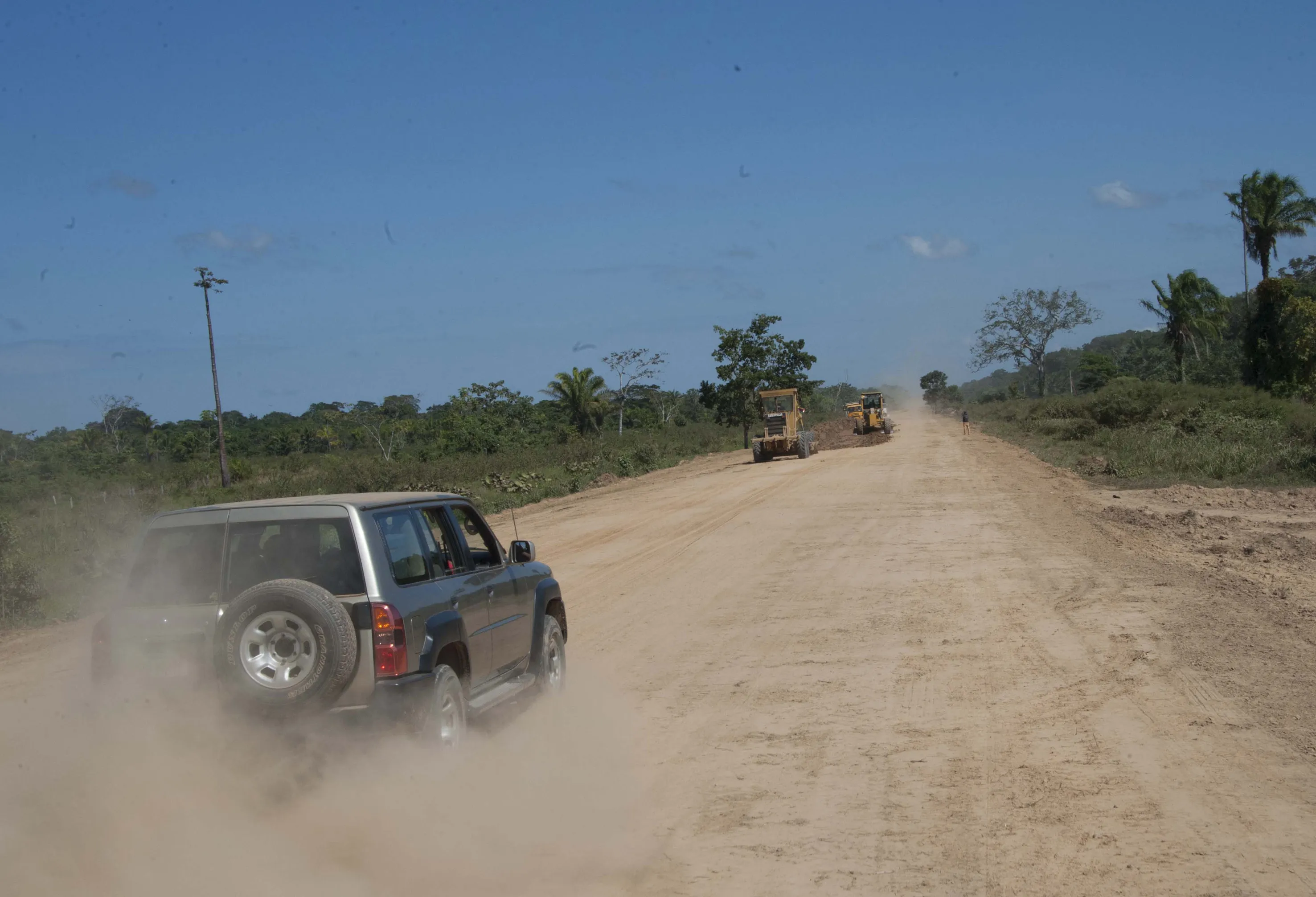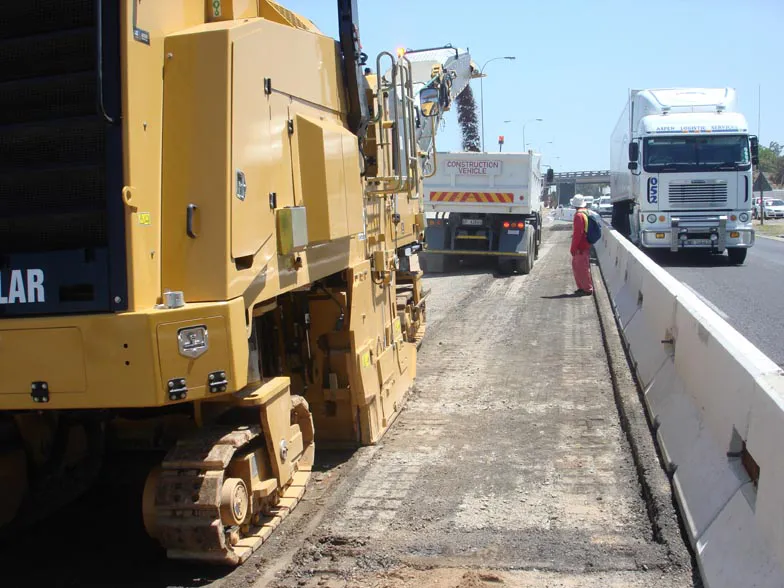East African countries continue to implement a road Master Plan developed jointly under the East African Community initiative and which aims at integrating the region’s transport corridors to meet the growing demand for road transport by the increasing intra-regional trade and vehicular traffic.
Kenya has for example unveiled a US$280 million road rehabilitation project to improve its links with Tanzania and South Sudan with the backing of the African Development Bank (AfDB).
Rehabilitation of the 172
June 8, 2016
Read time: 5 mins
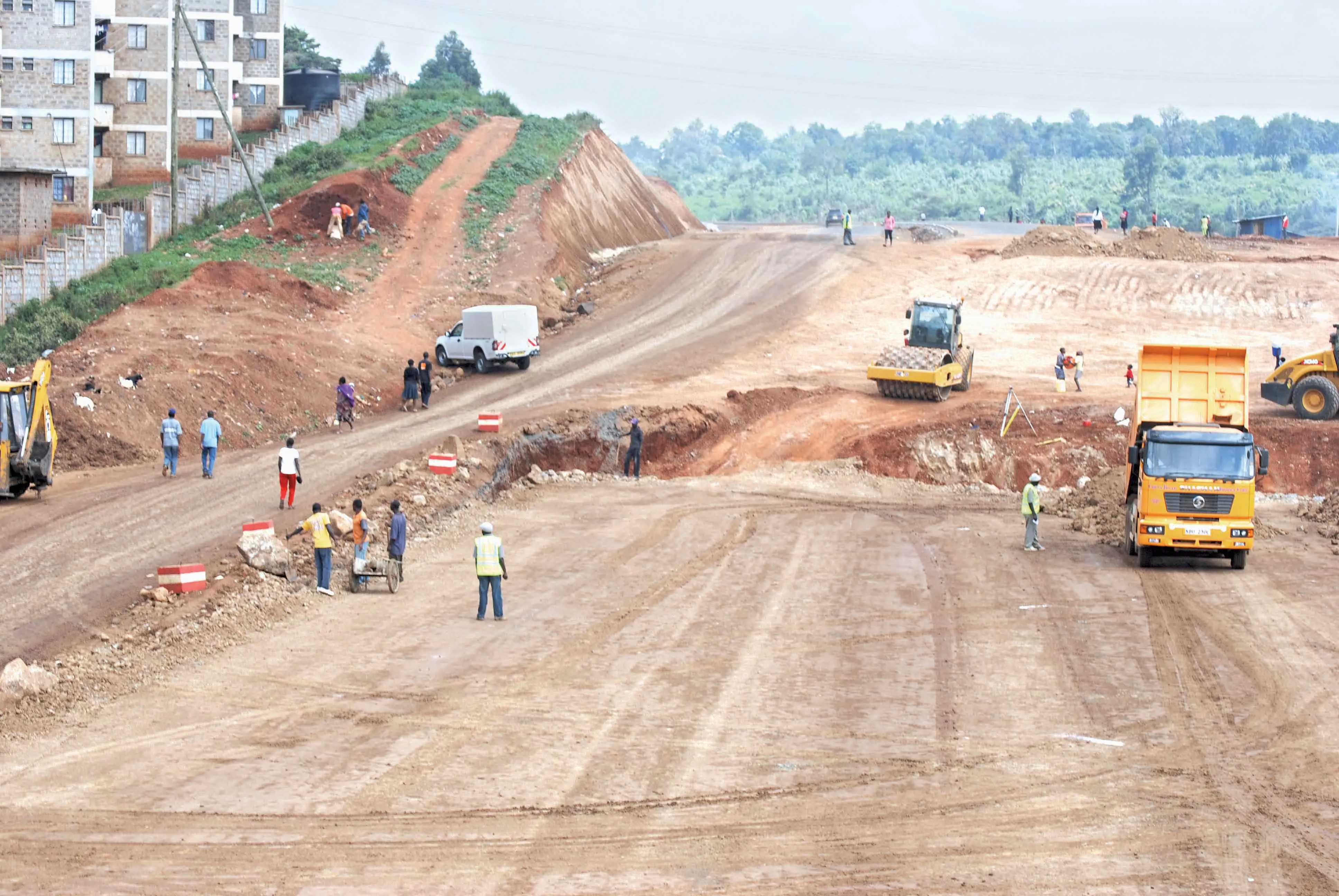
East African countries continue to implement a road Master Plan developed jointly under the East African Community initiative and which aims at integrating the region’s transport corridors to meet the growing demand for road transport by the increasing intra-regional trade and vehicular traffic.
Kenya has for example unveiled a US$280 million road rehabilitation project to improve its links with Tanzania and South Sudan with the backing of the1586 African Development Bank (AfDB).
Rehabilitation of the 172km Isebania-Kisii-Ahero (A1) route, which is part of the southern link of the Sirari Corridor, is being implemented by Kenya’s highways agency Kenya National Highways Authority (KeNHA). This forms part of a long-term programme to improve and maintain road transport on the Tanzania-Kenya-South Sudan Corridor. The road runs along the Eastern shore of Lake Victoria through Isebania to Lokichogio then onwards to Juba and is the main trade route between Tanzania’s Mwanza port and Kisumu port in Kenya.
Built in 1969 with no major upgrading works, the road’s condition has deteriorated over the following 47 years with the African Development Bank saying the route’s “level of service has dropped in light of increasing motorisation, changing vehicle designs, inadequate geometrics and severely potholed pavement.”
The bank, which is providing 81% of the road rehabilitation financing costs, says: “The poor road condition continues to undermine domestic and inter-regional trade within the area. Hence the project is expected to improve travel conditions and to unlock growth in high potential productive sectors such as agriculture, fisheries and agro-allied industries.”
It is estimated that the road passenger traffic between EAC countries amounts to 4 million passengers/year which has created pressure on the region’s existing transport corridors with an estimated 15,000km of roads. The Isebania-Kisii-Ahero road falls within a corridor considered to have low traffic volumes as compared to the Tazara Corridor and the Northern and Central Corridors.
However, the increasing number of vehicles and passenger traffic on the road has constrained its capacity and exacerbated its low safety record according to a project brief by both the AfDB and KeNHA.
Between 2009 and 2014, an estimated 375 road crashes were reported on the road, which carries an estimated average of 6,000-12,000 vehicles/day. At least 151 fatalities resulted from the road accidents, translating into 25 deaths/year.
Passenger vehicle speed has also been reduced to 30km/h instead of the expected 60-80km/h, which has increased the cost of transport for both passengers and goods.
KeNHA will now rehabilitate the 172km road and also upgrade approximately 77km of feeder roads linked to the project route. The feeder roads include Oyugis-Kendu Bay (20km), Nyachenge-Tabaka-Ogembo (15km), Sondu-Nyabondo (6km), Oyugis-Gamba (7km), Suneka-Rangwe (18k) and Misambi-Ekerenyo (11km).
In the rehabilitation of the Isebania-Kisii-Ahero road, the contractor, who is yet to be named, will not carry out major realignments. Instead the firm will follow the existing corridor and focus on improvements to road geometrics, junction widening, boosting roadside accessibility by constructing service roads in built-up centres and enhancing road drainage.
The road pavement will be reconstructed using a stabilised sub-base layer of 225mm with 150mm Dense Bitumen Macadam (DBM) base and 50mm of Asphalt Concrete (AC) wearing course. Apart from improving road geometrics on the two-lane, two-way highway, the contractor will also widen the carriageway to 11m including 2m shoulders, so as to reduce traffic friction and enhance safety of road users.
Two other possible technical options were discarded by KeNHA, including a proposal for an overlay of existing 6.5m pavement using 120mm of DBM, reinstatement of 1.5m shoulders and de-silting of blocked culverts.
However, according to KeNHA's project brief the option was discarded because the intervention measures proposed “cannot structurally carry the growing transit traffic on the project road and would potentially result into higher maintenance costs on annual basis.”
In addition, KeNHA considers improvement of the road’s geometrics critical in improving safety for transit traffic and reliability of the overall travel time, hence contributing in boosting trade opportunities between Kenya, Tanzania and South Sudan.
KeNHA also abandoned another proposal requiring reconstruction of the road using AC layer of 50mm on top of DBM layer of 150mm and at least 2% cement stabilised sub-base of 225mm. The proposal also called for widening and improvement of road geometrics, construction of two bypasses at Oyugis (7km) and at Kisii (10km). The option also suggested a grade separated junction at Kisii, a sub-surface roadway within Oyugis town, in addition to the upgrading of the 77km of feeder roads.
According to the project brief “the road bypasses at Oyugis and Kisii would invariably result into economic decline of these relatively small towns, traffic through towns with food safety features, is still critical for sustenance and growth of business.”
But according to KeNHA, the second option “is not cost-effective and does not present efficient use of scarce resources over the 20-year design life of the project road.” Engineers at KenHA, however, said the option offered “superior road geometrics, good road network connectivity, improved market access, and higher traffic capacity with fairly strong pavement.”
Other financiers of the road rehabilitation project include European Union-Africa Infrastructure Trust Fund (EU-AITF), an agency set up by the European Commission and European Union Member States to increase investment in infrastructure in Sub-Saharan Africa by blending long-term loans from participating financiers with grant resources, which will provide 4% of the total cost. The Kenyan government will provide $41.06 million, or 14.6% of road project cost.
Apart from the EAC Master Plan, the project has also been articulated in the Lake Victoria Transport Master Plan and the Northern Corridor Multi-modal Rail Transport Plan. These plans outline how their implementation will help unlock East Africa’s agricultural, fisheries and agro-industries in generating adequate food and employment for the growing population.
The East African Business Council, a private apex organisation of business associations of the private sector and corporates from Kenya, Tanzania, Uganda, Rwanda and Burundi, says up to 52% of road networks in some of these countries “is in poor condition, with poor maintenance and poor level of service.”
The unreliable road transport systems, the council said “increases the operating costs of business due to long transit times and long turnaround times, frequent need for repairs and lengthy clearance procedures among others.”
Kenya has for example unveiled a US$280 million road rehabilitation project to improve its links with Tanzania and South Sudan with the backing of the
Rehabilitation of the 172km Isebania-Kisii-Ahero (A1) route, which is part of the southern link of the Sirari Corridor, is being implemented by Kenya’s highways agency Kenya National Highways Authority (KeNHA). This forms part of a long-term programme to improve and maintain road transport on the Tanzania-Kenya-South Sudan Corridor. The road runs along the Eastern shore of Lake Victoria through Isebania to Lokichogio then onwards to Juba and is the main trade route between Tanzania’s Mwanza port and Kisumu port in Kenya.
Built in 1969 with no major upgrading works, the road’s condition has deteriorated over the following 47 years with the African Development Bank saying the route’s “level of service has dropped in light of increasing motorisation, changing vehicle designs, inadequate geometrics and severely potholed pavement.”
The bank, which is providing 81% of the road rehabilitation financing costs, says: “The poor road condition continues to undermine domestic and inter-regional trade within the area. Hence the project is expected to improve travel conditions and to unlock growth in high potential productive sectors such as agriculture, fisheries and agro-allied industries.”
It is estimated that the road passenger traffic between EAC countries amounts to 4 million passengers/year which has created pressure on the region’s existing transport corridors with an estimated 15,000km of roads. The Isebania-Kisii-Ahero road falls within a corridor considered to have low traffic volumes as compared to the Tazara Corridor and the Northern and Central Corridors.
However, the increasing number of vehicles and passenger traffic on the road has constrained its capacity and exacerbated its low safety record according to a project brief by both the AfDB and KeNHA.
Between 2009 and 2014, an estimated 375 road crashes were reported on the road, which carries an estimated average of 6,000-12,000 vehicles/day. At least 151 fatalities resulted from the road accidents, translating into 25 deaths/year.
Passenger vehicle speed has also been reduced to 30km/h instead of the expected 60-80km/h, which has increased the cost of transport for both passengers and goods.
KeNHA will now rehabilitate the 172km road and also upgrade approximately 77km of feeder roads linked to the project route. The feeder roads include Oyugis-Kendu Bay (20km), Nyachenge-Tabaka-Ogembo (15km), Sondu-Nyabondo (6km), Oyugis-Gamba (7km), Suneka-Rangwe (18k) and Misambi-Ekerenyo (11km).
In the rehabilitation of the Isebania-Kisii-Ahero road, the contractor, who is yet to be named, will not carry out major realignments. Instead the firm will follow the existing corridor and focus on improvements to road geometrics, junction widening, boosting roadside accessibility by constructing service roads in built-up centres and enhancing road drainage.
The road pavement will be reconstructed using a stabilised sub-base layer of 225mm with 150mm Dense Bitumen Macadam (DBM) base and 50mm of Asphalt Concrete (AC) wearing course. Apart from improving road geometrics on the two-lane, two-way highway, the contractor will also widen the carriageway to 11m including 2m shoulders, so as to reduce traffic friction and enhance safety of road users.
Two other possible technical options were discarded by KeNHA, including a proposal for an overlay of existing 6.5m pavement using 120mm of DBM, reinstatement of 1.5m shoulders and de-silting of blocked culverts.
However, according to KeNHA's project brief the option was discarded because the intervention measures proposed “cannot structurally carry the growing transit traffic on the project road and would potentially result into higher maintenance costs on annual basis.”
In addition, KeNHA considers improvement of the road’s geometrics critical in improving safety for transit traffic and reliability of the overall travel time, hence contributing in boosting trade opportunities between Kenya, Tanzania and South Sudan.
KeNHA also abandoned another proposal requiring reconstruction of the road using AC layer of 50mm on top of DBM layer of 150mm and at least 2% cement stabilised sub-base of 225mm. The proposal also called for widening and improvement of road geometrics, construction of two bypasses at Oyugis (7km) and at Kisii (10km). The option also suggested a grade separated junction at Kisii, a sub-surface roadway within Oyugis town, in addition to the upgrading of the 77km of feeder roads.
According to the project brief “the road bypasses at Oyugis and Kisii would invariably result into economic decline of these relatively small towns, traffic through towns with food safety features, is still critical for sustenance and growth of business.”
But according to KeNHA, the second option “is not cost-effective and does not present efficient use of scarce resources over the 20-year design life of the project road.” Engineers at KenHA, however, said the option offered “superior road geometrics, good road network connectivity, improved market access, and higher traffic capacity with fairly strong pavement.”
Other financiers of the road rehabilitation project include European Union-Africa Infrastructure Trust Fund (EU-AITF), an agency set up by the European Commission and European Union Member States to increase investment in infrastructure in Sub-Saharan Africa by blending long-term loans from participating financiers with grant resources, which will provide 4% of the total cost. The Kenyan government will provide $41.06 million, or 14.6% of road project cost.
Apart from the EAC Master Plan, the project has also been articulated in the Lake Victoria Transport Master Plan and the Northern Corridor Multi-modal Rail Transport Plan. These plans outline how their implementation will help unlock East Africa’s agricultural, fisheries and agro-industries in generating adequate food and employment for the growing population.
The East African Business Council, a private apex organisation of business associations of the private sector and corporates from Kenya, Tanzania, Uganda, Rwanda and Burundi, says up to 52% of road networks in some of these countries “is in poor condition, with poor maintenance and poor level of service.”
The unreliable road transport systems, the council said “increases the operating costs of business due to long transit times and long turnaround times, frequent need for repairs and lengthy clearance procedures among others.”


